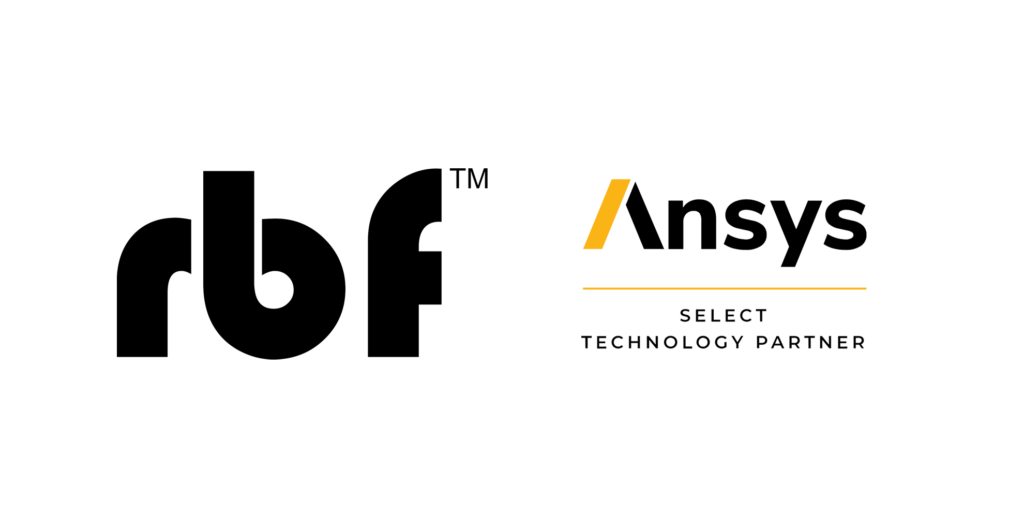The RBF Morph Team took part in the International CAE Conference 2019 which was held on October, from 28th to 29th in Vicenza (Italy).
In the first speech we presented our work in collaboration with Rina Consulting titled CAE Up: digital twins at the service of manufacturing processes.
Engineering fields with high technological contents involve manufacturing requirements in which the control of the margins of tolerance, as well as the verification of the manufactured components, has economic impacts in the relationships with the customers. The verification of the actual geometry after manufacturing acquires then paramount importance and can be substantially improved by adopting the digital twin approach: the CAE model of the system is adapted onto the actual manufactured shape making the numerical prediction individual manufactured component specific. CAE Up aims at implementing a cloud-based software tool whose core is the comparison of the structural performances between the CAE model relative to the nominal design of a certain product and the digital twin of the real product as built. The digital twin is updated on HPC cloud and the performance prediction recomputed adopting a variation of the CAE model shaped like the actual manufactured part.
In the second speech titled Mesh morphing enabled automatic surface sculpting for industrial parts optimization in collaboration with Sacmi Imola we will explore a bionic approach, the Biological Growth Method (BGM).
Mesh morphing is a shape modification technique for numerical models that proven to be effective and reliable: new shape configurations are obtained by just updating nodal positions and volume meshes maintain a good quality even with substantial changes. In the standard workflow in which mesh morphing is used to investigate performances variations, shape modifications setup is directly controlled by the analyst which decides the location and the intensity of surface sculpting. In this work the optimization of a complex shaped industrial part is automatically obtained by a bionic approach, the Biological Growth Method (BGM), which consists in adding or removing material according to surface stress levels. The framework in which the presented workflow is developed is ANSYS® Workbench™ in combination with mesh morphing software RBF Morph™ ACT extension, an advanced mesh morphing App that comes with a complete BGM implementation.


